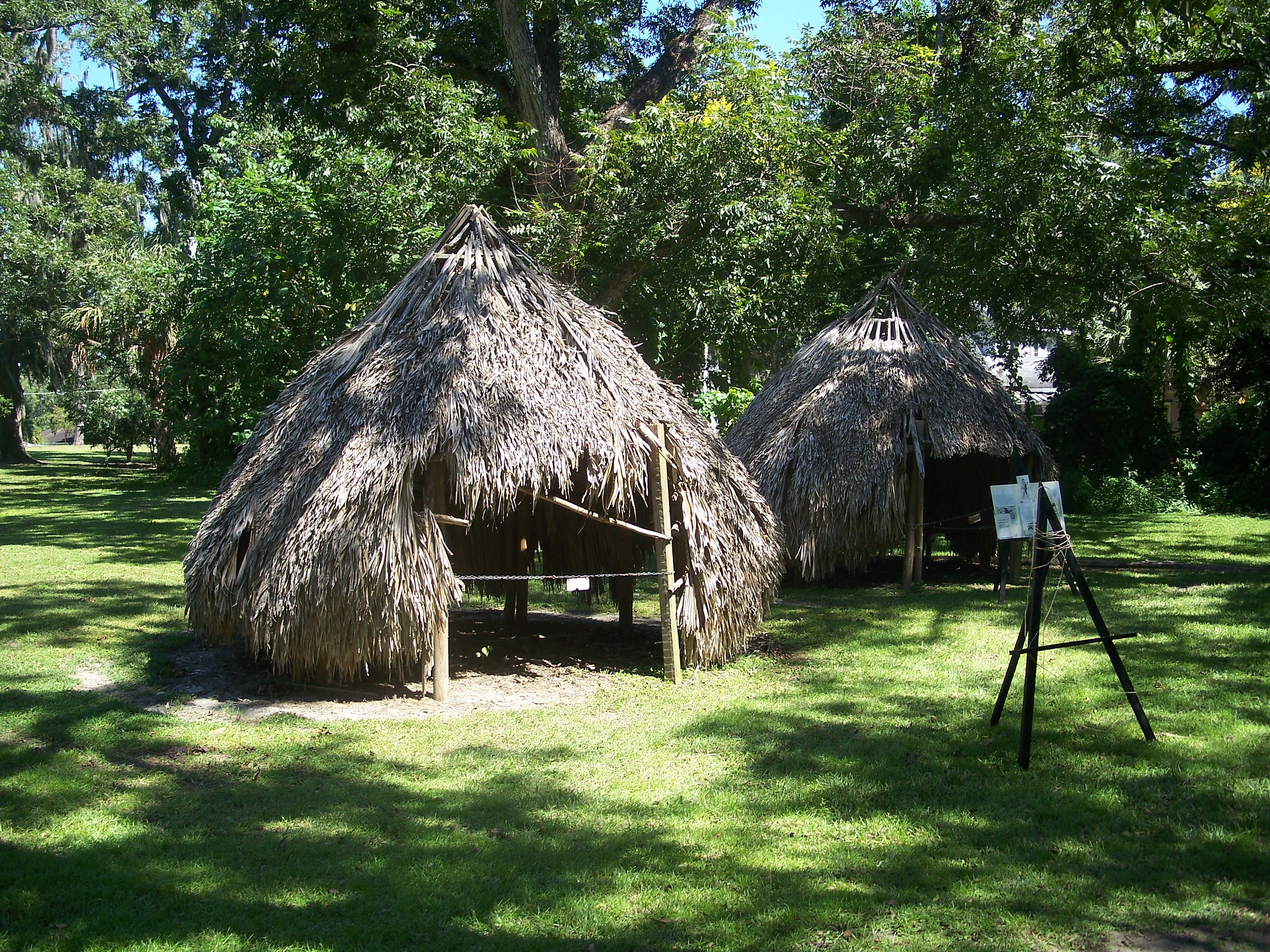|
Timucua Language
Timucua is a language isolate formerly spoken in northern and central Florida and southern Georgia by the Timucua peoples. Timucua was the primary language used in the area at the time of Spanish colonization in Florida. Differences among the nine or ten Timucua dialects were slight, and appeared to serve mostly to delineate band or tribal boundaries. Some linguists suggest that the Tawasa of what is now northern Alabama may have spoken Timucua, but this is disputed. Most of what is known of the language comes from the works of Francisco Pareja, a Franciscan missionary who came to St. Augustine in 1595. During his 31 years living with the Timucua, he developed a writing system for the language. From 1612 to 1628, he published several Spanish–Timucua catechisms, as well as a grammar of the Timucua language. Including his seven surviving works, only ten primary sources of information about the Timucua language survive, including two catechisms written in Timucua and Spanish b ... [...More Info...] [...Related Items...] OR: [Wikipedia] [Google] [Baidu] |
Language Isolate
A language isolate is a language that has no demonstrable genetic relationship with any other languages. Basque in Europe, Ainu and Burushaski in Asia, Sandawe in Africa, Haida and Zuni in North America, Kanoê in South America, and Tiwi in Oceania are all examples of such languages. The exact number of language isolates is yet unknown due to insufficient data on several languages. One explanation for the existence of language isolates is that they might be the last remaining member of a larger language family. Such languages might have had relatives in the past that have since disappeared without being documented, leaving them an orphaned language. One example is the Ket language spoken in central Siberia, which belongs to the wider Yeniseian language family; had it been discovered in recent times independently from its now extinct relatives, such as Yugh and Kott, it would have been classified as an isolate. Another explanation for language isolates is that they aro ... [...More Info...] [...Related Items...] OR: [Wikipedia] [Google] [Baidu] |
Spanish Language
Spanish () or Castilian () is a Romance languages, Romance language of the Indo-European languages, Indo-European language family that evolved from the Vulgar Latin spoken on the Iberian Peninsula of Europe. Today, it is a world language, global language with 483 million native speakers, mainly in the Americas and Spain, and about 558 million speakers total, including second-language speakers. Spanish is the official language of List of countries where Spanish is an official language, 20 countries, as well as one of the Official languages of the United Nations, six official languages of the United Nations. Spanish is the world's list of languages by number of native speakers, second-most spoken native language after Mandarin Chinese; the world's list of languages by total number of speakers, fourth-most spoken language overall after English language, English, Mandarin Chinese, and Hindustani language, Hindustani (Hindi-Urdu); and the world's most widely spoken Romance language ... [...More Info...] [...Related Items...] OR: [Wikipedia] [Google] [Baidu] |
Suwannee River
The Suwannee River (also spelled Suwanee River or Swanee River) is a river that runs through south Georgia southward into Florida in the Southern United States. It is a wild blackwater river, about long.U.S. Geological Survey. National Hydrography Dataset high-resolution flowline dataThe National Map accessed April 18, 2011 The Suwannee River is the site of the prehistoric Suwanee Straits that separated the Florida peninsula from the Florida panhandle and the rest of the continent. Spelled as "Swanee", it is the namesake of two famous songs: Stephen Foster's " Swanee River" (1851) and George Gershwin and Irving Caesar's " Swanee" (1919). Geography The headwaters of the Suwannee River are in the Okefenokee Swamp in the town of Fargo, Georgia. The river runs southwestward into the Florida Panhandle, then drops in elevation through limestone layers into a rare Florida whitewater rapid. Past the rapid, the Suwanee turns west near the town of White Springs, Florida, then conne ... [...More Info...] [...Related Items...] OR: [Wikipedia] [Google] [Baidu] |
Northern Utina
The Northern Utina, also known as the Timucua or simply Utina, were a Timucua people of northern Florida. They lived north of the Santa Fe River (Florida), Santa Fe River and east of the Suwannee River, and spoke a dialect of the Timucua language known as "Timucua proper". They appear to have been closely associated with the Yustaga people, who lived on the other side of the Suwannee. The Northern Utina represented one of the most powerful tribal units in the region in the 16th and 17th centuries, and may have been organized as a loose chiefdom or confederation of smaller chiefdoms. The Fig Springs mission site, Fig Springs archaeological site may be the remains of their principal village, Ayacuto, and the later Spanish mission of San Martín de Timucua. The Northern Utina had sporadic contact with the Europeans beginning in the first half of the 16th century. In 1539 Spanish conquistador Hernando de Soto passed through the Northern Utina region, where he captured and subsequentl ... [...More Info...] [...Related Items...] OR: [Wikipedia] [Google] [Baidu] |


